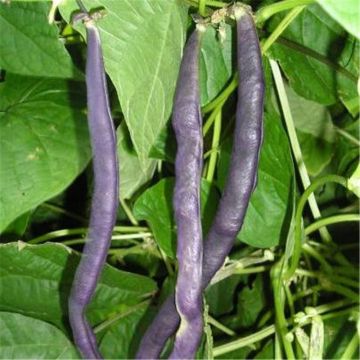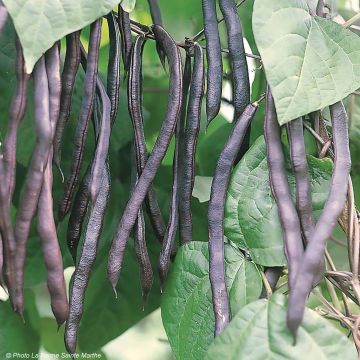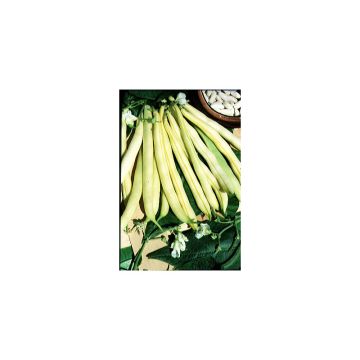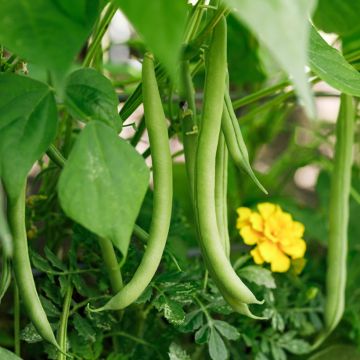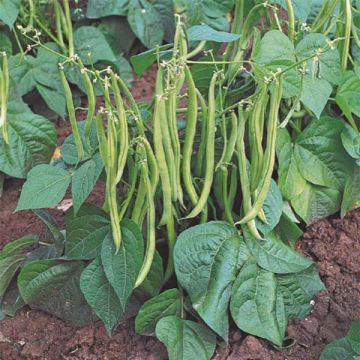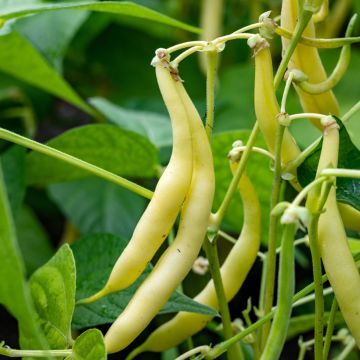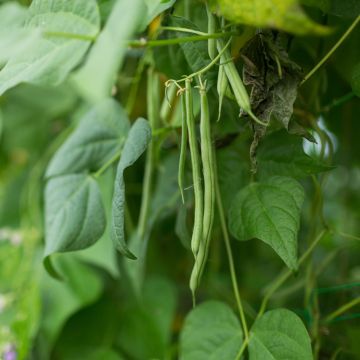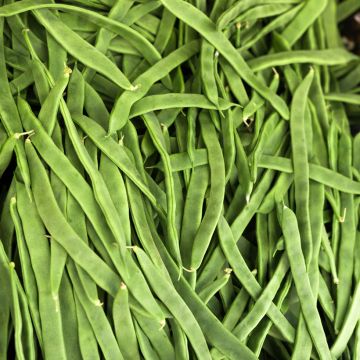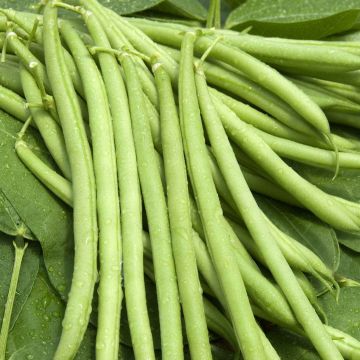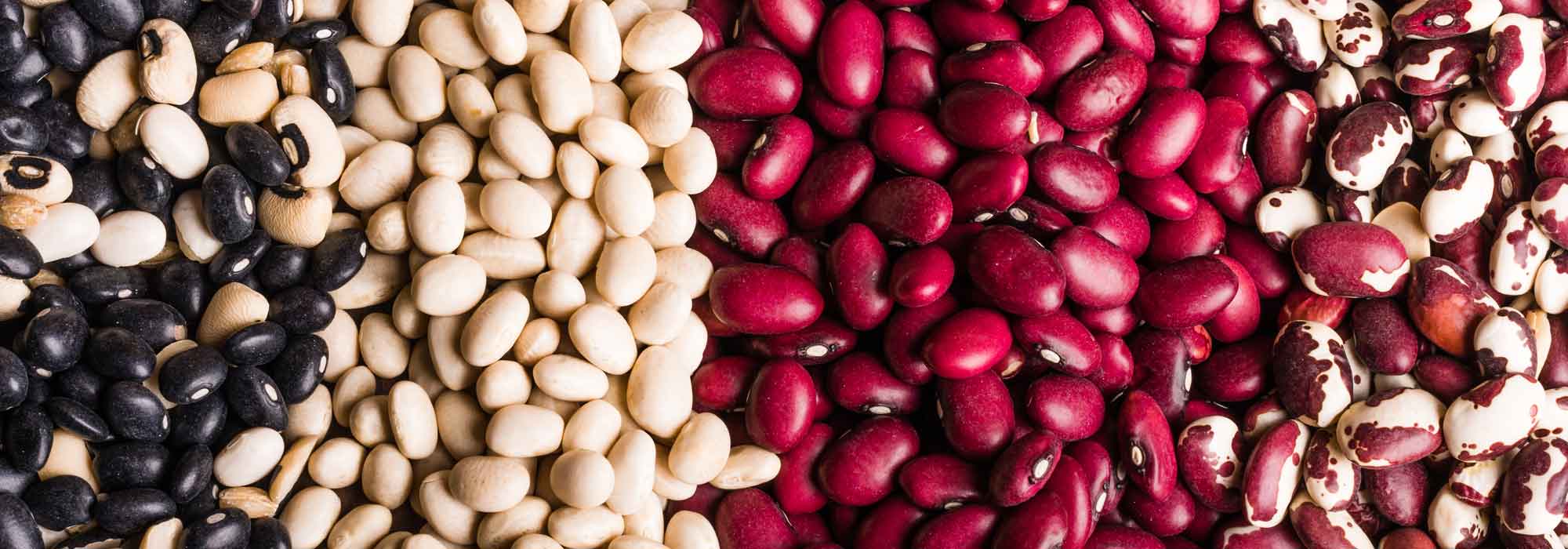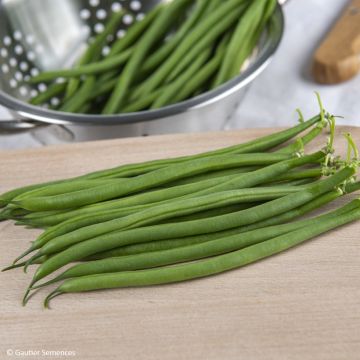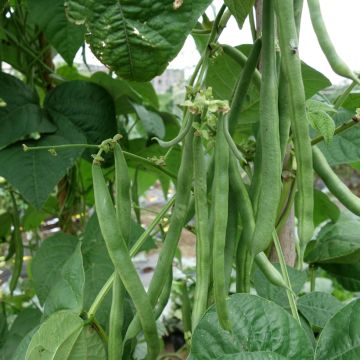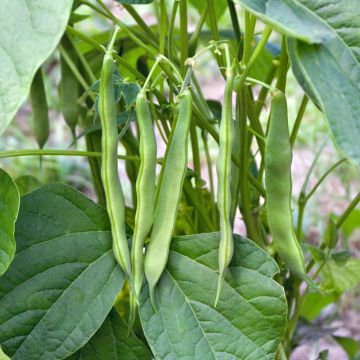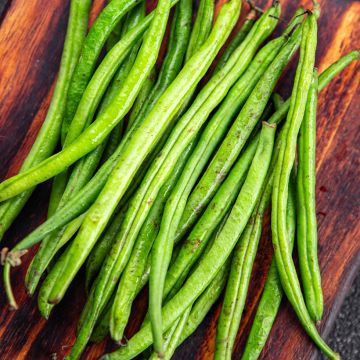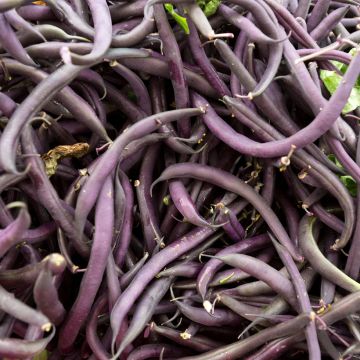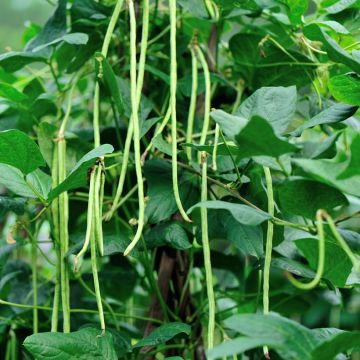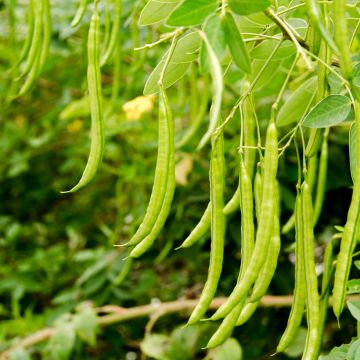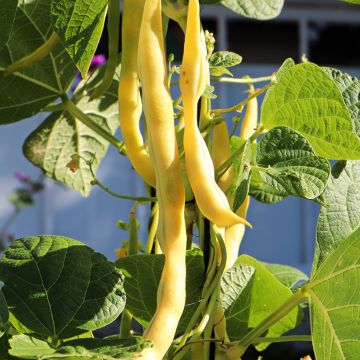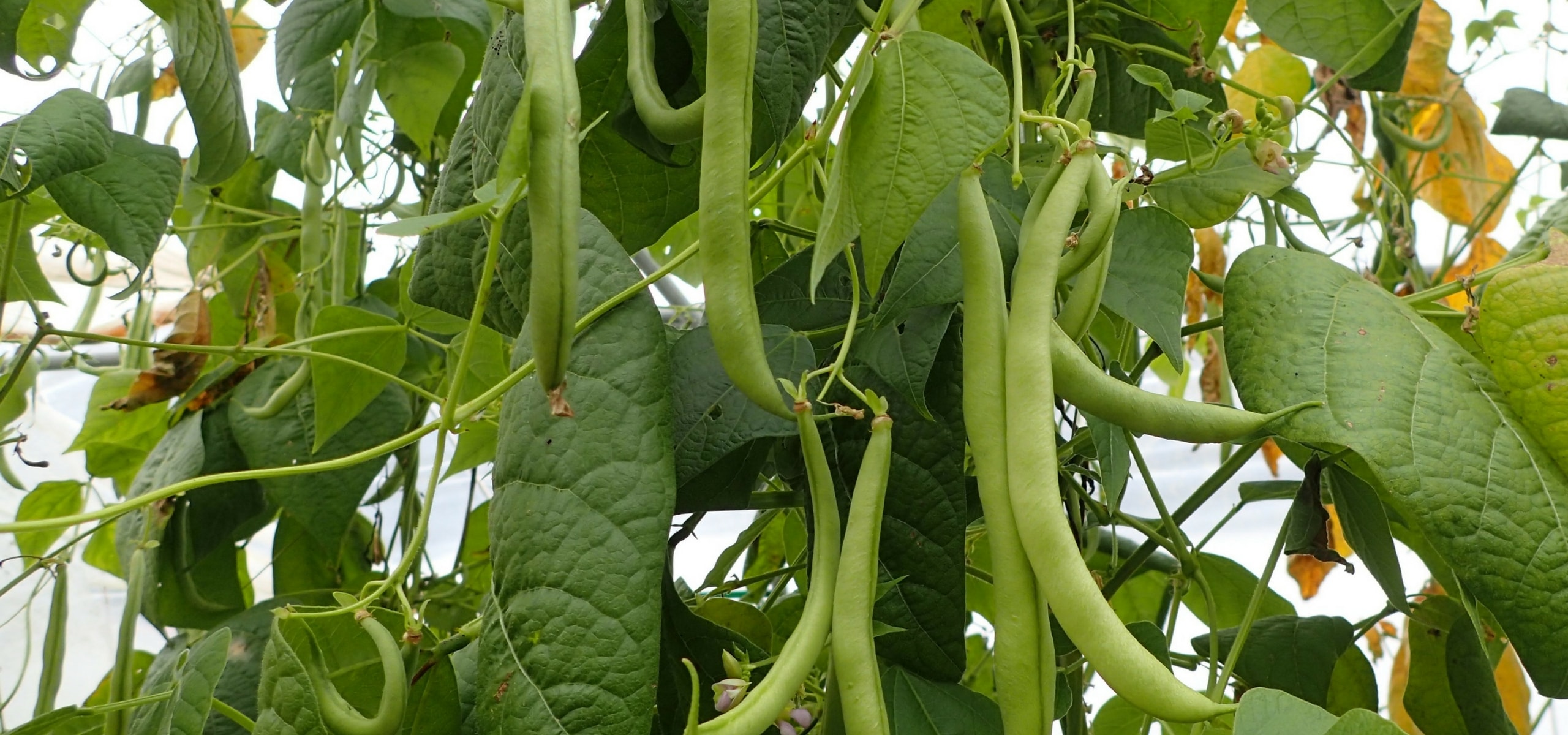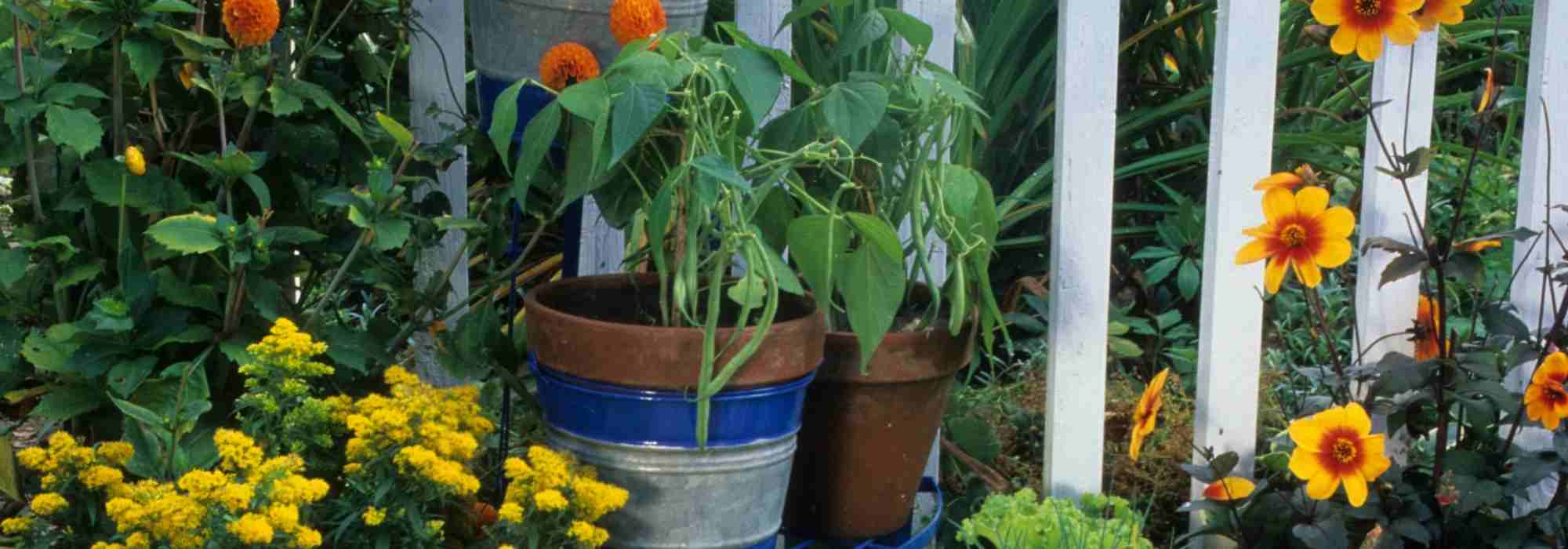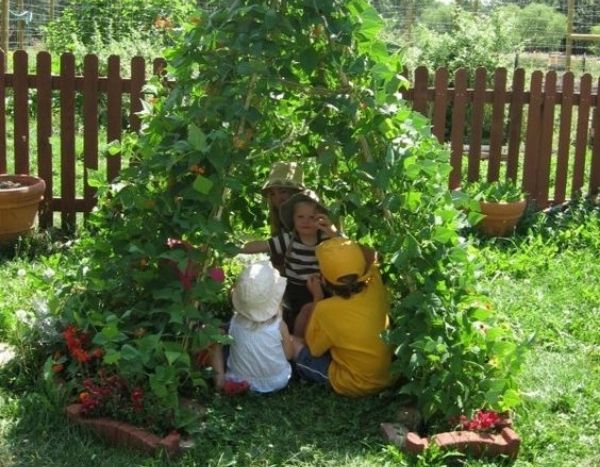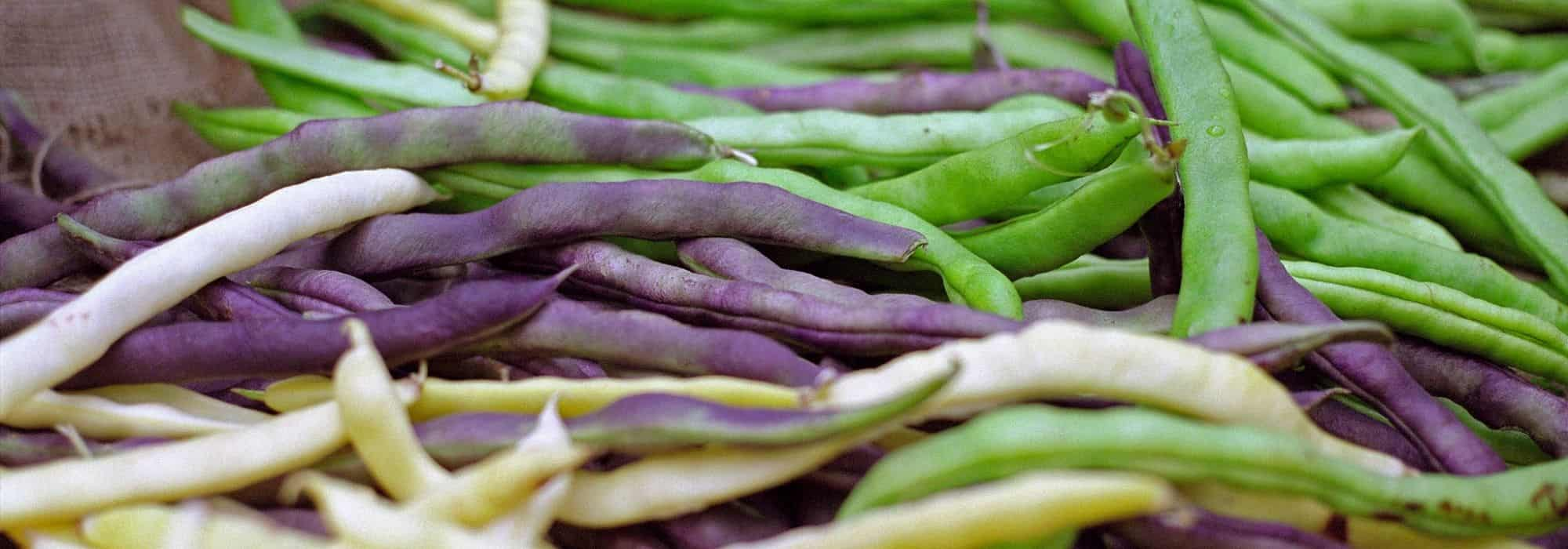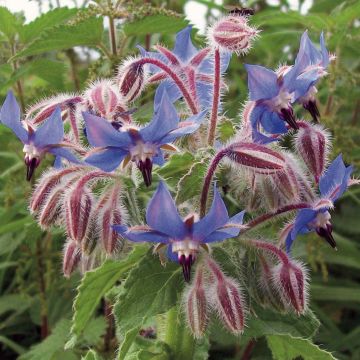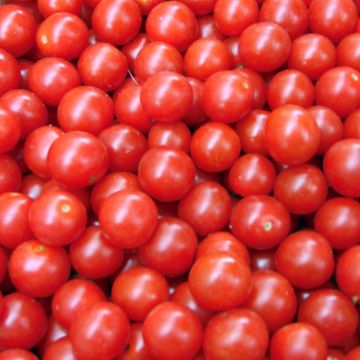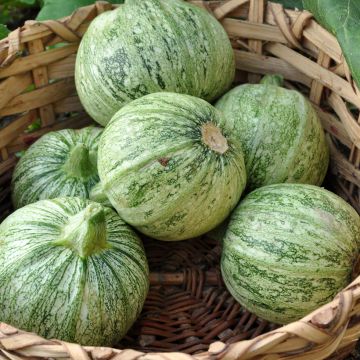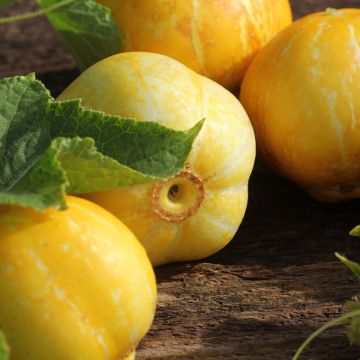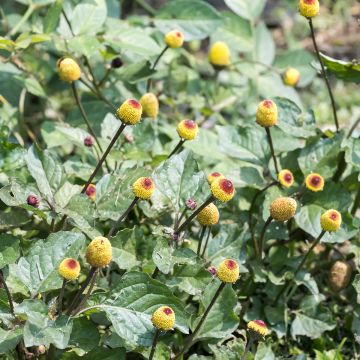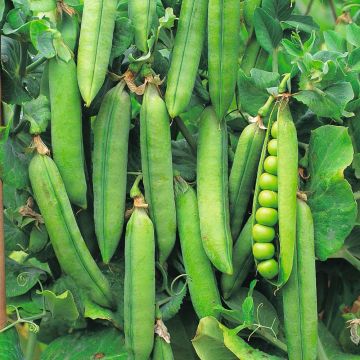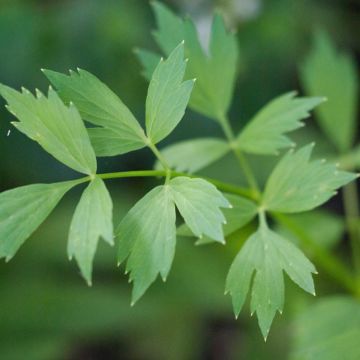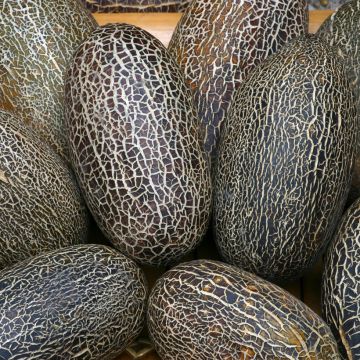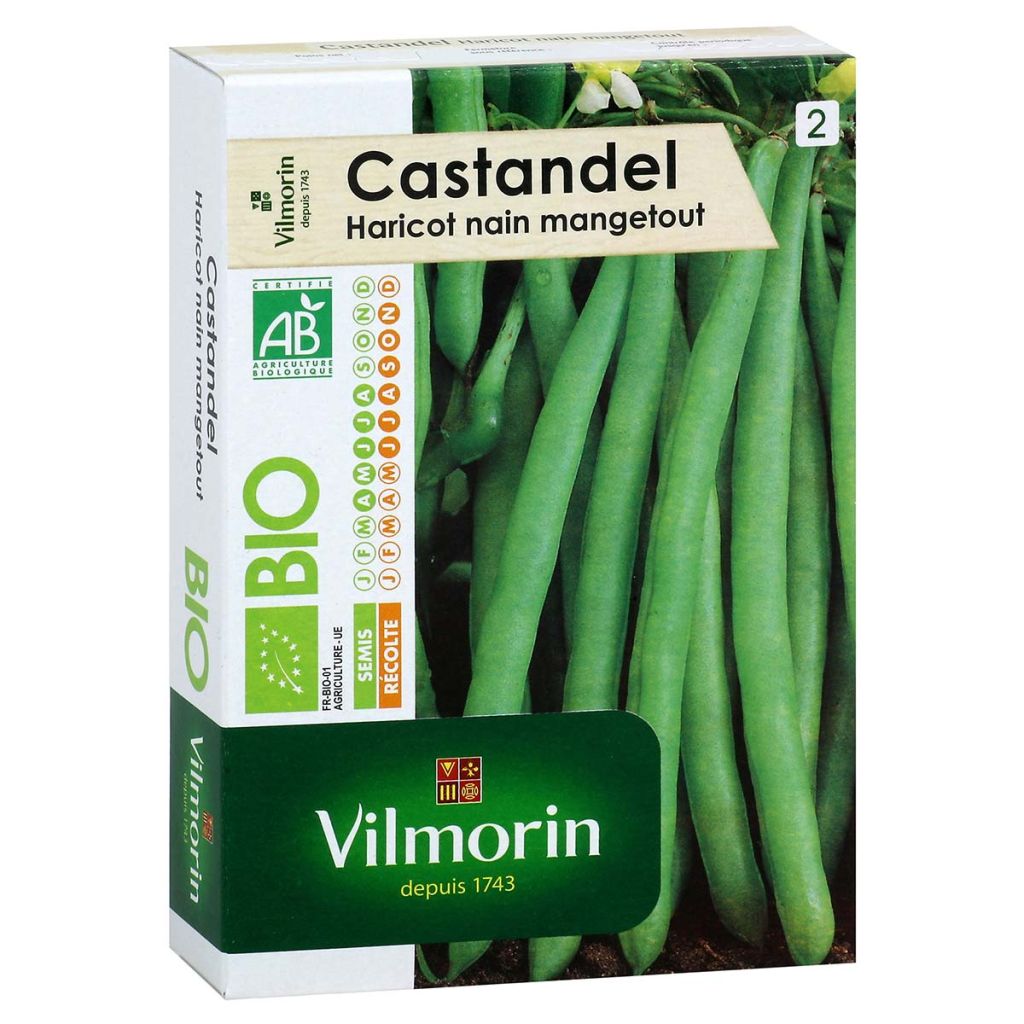

Castandel (haricot nain mangetout) Bio - Vilmorin
Common Bean Castandel Vilmorin seeds
Phaseolus vulgaris Castandel
Common bean, French bean, Green bean
Variety that I have been sowing for several years, with excellent results: good and consistent germination. Beans are fine and completely stringless. Harvest is quite long.
Christian, 21/06/2021
Special offer!
Receive a €20 voucher for any order over €90 (excluding delivery costs, credit notes, and plastic-free options)!
1- Add your favorite plants to your cart.
2- Once you have reached €90, confirm your order (you can even choose the delivery date!).
3- As soon as your order is shipped, you will receive an email containing your voucher code, valid for 3 months (90 days).
Your voucher is unique and can only be used once, for any order with a minimum value of €20, excluding delivery costs.
Can be combined with other current offers, non-divisible and non-refundable.
Why not try an alternative variety in stock?
View all →This plant carries a 6 months recovery warranty
More information
We guarantee the quality of our plants for a full growing cycle, and will replace at our expense any plant that fails to recover under normal climatic and planting conditions.
Description
The organic dwarf runner bean Castandel is a productive variety without strings, producing straight green pods. This hardy variety is perfect for freezing or canning. Sow from April to August for a harvest 2 months later. The seeds are produced using organic methods.
Whether consumed for its pod or its seed, the bean is a highly appreciated vegetable in gardens because it is very easy to grow.
There are different types:
- string beans: with a pleasant flavor, they must be picked young and regularly to avoid the presence of strings. They are consumed as whole green beans (known as 'immature beans').
- mangetout beans: more productive, their harvest is later and less frequent than string beans. They are also consumed as whole green beans and do not have strings.
- shelling beans: fresh, semi-dry, or dry, these beans are grown for their seeds.
Within these categories, there are climbing varieties (which will require stakes) and dwarf varieties (which will reach an average height of 50 cm (20in)).
Finally, some varieties combine several characteristics: you can find 'stringless' varieties, or coco-type varieties that can be grown for their seeds as well as their pods if picked young.
Beans, like all members of the Fabaceae family, have the particularity of enriching the soil with nitrogen. They fix nitrogen thanks to 'root nodules' (visible to the naked eye) and return it to the soil.
Harvesting: Green beans are harvested approximately 2 months after sowing. String beans should be harvested every 2 days, and mangetout beans once or twice a week. They should be picked delicately by cutting the stem. For fresh shelling varieties, the harvest should be done before the pods start to dehydrate and develop wrinkles. The beans should barely take on their color. Dry shelling varieties are harvested 4 to 5 months after sowing, when the pods have turned black, by cutting the entire stem.
Storage: To fully enjoy their flavor, beans should be eaten fresh and can be stored for a few days. For longer storage, green beans and fresh shelling beans can be easily frozen. Green beans should be trimmed, washed, blanched for 5 minutes in boiling water, then immersed in cold water, dried with a towel, and frozen. Green beans and fresh shelling beans can also be well preserved in jars. As for dry beans, their fully dry seeds can be stored for a year if kept in good conditions, such as in airtight jars. They should then be soaked for several hours before cooking.
Gardening tip: Practice the "three sisters" cultivation: corn, beans, and squash. Start by planting corn. When the corn plants reach a height of 10 to 15 cm (4 to 6in), sow 2 to 3 climbing bean seeds and 2 squash seeds at the base of each corn plant. The corn will serve as a support for the climbing beans, and the beans will provide the necessary nitrogen for the corn. Planting squash will limit weed growth and maintain soil moisture.
Harvest
Plant habit
Foliage
Botanical data
Phaseolus
vulgaris
Castandel
Fabaceae
Common bean, French bean, Green bean
Cultivar or hybrid
Annual
Other Snap Beans
View all →Planting and care
Soil preparation: Beans like light, fresh but not wet, loose soil without recent organic manure. A properly fertilized soil without excess will be perfect. They do not appreciate soils that are too chalky or too acidic. Plant them in a sunny location. Beans associate well with eggplants, carrots, cabbages, potatoes, and radishes as they protect each other. Avoid the presence of alliums or fennels as their growth inhibits each other.
Beans need a well-warmed soil, at least 10 to 12°C (50 to 53.6°F). For better germination, soak the seeds the day before sowing. Germination is quite fast, usually occurring after about a week. Plan for staggered sowings, in small quantities, to spread out the harvest.
Sowing under a greenhouse or tunnel can start from mid-March. Since beans are a "cold-sensitive" vegetable, the greenhouses should face south or west. Only ventilate them during the warm hours of the day. Remove the protection only when frost is no longer a concern.
Sowing in open ground should be done as soon as the soil is sufficiently warmed and frost is no longer a concern, starting from April in the southern regions or May in cooler regions. It can be done until June for shelling varieties and until the end of summer for string or snap varieties.
Dwarf varieties are sown in rows or holes. Stretch a cord and dig furrows 3 cm (1in) deep, spacing the rows 50 cm (20in) apart. Water the bottom of the furrow. Sow one seed every 5 cm (2in) or 4 to 5 seeds per hole, with each turn spaced 30 cm (12in) apart on the row. Cover with fine soil and lightly press down with the back of a rake.
Climbing varieties are sown in holes. Dig furrows 3 cm (1in) deep and space them 70 cm (28in) apart. Water the bottom of the furrow. Sow the seeds in holes with 6 to 7 seeds, spacing them 40 cm (16in) apart. Cover the soil and lightly press down with a rake.
When the plants reach a height of 15 cm (2 leaves), mound up the base of the plants.
For pole varieties, install supports 2 to 3 m (7 to 10ft) high. There are different types of support: Canadian tent, tipi, nets, or grids. Any tall element can become the support for this type of bean, making the cultivation very aesthetic.
Regarding watering, it should be regular and plentiful, especially for string varieties. Water only at the base (not the foliage) to prevent the onset of diseases. Provide mulching to maintain soil moisture.
Furthermore, spraying nettle manure effectively fights aphid attacks and strengthens the plants that benefit from it.
Seedlings
Care
Intended location
Planting & care advice
-
, onOrder confirmed
Reply from on Promesse de fleurs
Similar products
Haven't found what you were looking for?
Hardiness is the lowest winter temperature a plant can endure without suffering serious damage or even dying. However, hardiness is affected by location (a sheltered area, such as a patio), protection (winter cover) and soil type (hardiness is improved by well-drained soil).

Photo Sharing Terms & Conditions
In order to encourage gardeners to interact and share their experiences, Promesse de fleurs offers various media enabling content to be uploaded onto its Site - in particular via the ‘Photo sharing’ module.
The User agrees to refrain from:
- Posting any content that is illegal, prejudicial, insulting, racist, inciteful to hatred, revisionist, contrary to public decency, that infringes on privacy or on the privacy rights of third parties, in particular the publicity rights of persons and goods, intellectual property rights, or the right to privacy.
- Submitting content on behalf of a third party;
- Impersonate the identity of a third party and/or publish any personal information about a third party;
In general, the User undertakes to refrain from any unethical behaviour.
All Content (in particular text, comments, files, images, photos, videos, creative works, etc.), which may be subject to property or intellectual property rights, image or other private rights, shall remain the property of the User, subject to the limited rights granted by the terms of the licence granted by Promesse de fleurs as stated below. Users are at liberty to publish or not to publish such Content on the Site, notably via the ‘Photo Sharing’ facility, and accept that this Content shall be made public and freely accessible, notably on the Internet.
Users further acknowledge, undertake to have ,and guarantee that they hold all necessary rights and permissions to publish such material on the Site, in particular with regard to the legislation in force pertaining to any privacy, property, intellectual property, image, or contractual rights, or rights of any other nature. By publishing such Content on the Site, Users acknowledge accepting full liability as publishers of the Content within the meaning of the law, and grant Promesse de fleurs, free of charge, an inclusive, worldwide licence for the said Content for the entire duration of its publication, including all reproduction, representation, up/downloading, displaying, performing, transmission, and storage rights.
Users also grant permission for their name to be linked to the Content and accept that this link may not always be made available.
By engaging in posting material, Users consent to their Content becoming automatically accessible on the Internet, in particular on other sites and/or blogs and/or web pages of the Promesse de fleurs site, including in particular social pages and the Promesse de fleurs catalogue.
Users may secure the removal of entrusted content free of charge by issuing a simple request via our contact form.
The flowering period indicated on our website applies to countries and regions located in USDA zone 8 (France, the United Kingdom, Ireland, the Netherlands, etc.)
It will vary according to where you live:
- In zones 9 to 10 (Italy, Spain, Greece, etc.), flowering will occur about 2 to 4 weeks earlier.
- In zones 6 to 7 (Germany, Poland, Slovenia, and lower mountainous regions), flowering will be delayed by 2 to 3 weeks.
- In zone 5 (Central Europe, Scandinavia), blooming will be delayed by 3 to 5 weeks.
In temperate climates, pruning of spring-flowering shrubs (forsythia, spireas, etc.) should be done just after flowering.
Pruning of summer-flowering shrubs (Indian Lilac, Perovskia, etc.) can be done in winter or spring.
In cold regions as well as with frost-sensitive plants, avoid pruning too early when severe frosts may still occur.
The planting period indicated on our website applies to countries and regions located in USDA zone 8 (France, United Kingdom, Ireland, Netherlands).
It will vary according to where you live:
- In Mediterranean zones (Marseille, Madrid, Milan, etc.), autumn and winter are the best planting periods.
- In continental zones (Strasbourg, Munich, Vienna, etc.), delay planting by 2 to 3 weeks in spring and bring it forward by 2 to 4 weeks in autumn.
- In mountainous regions (the Alps, Pyrenees, Carpathians, etc.), it is best to plant in late spring (May-June) or late summer (August-September).
The harvesting period indicated on our website applies to countries and regions in USDA zone 8 (France, England, Ireland, the Netherlands).
In colder areas (Scandinavia, Poland, Austria...) fruit and vegetable harvests are likely to be delayed by 3-4 weeks.
In warmer areas (Italy, Spain, Greece, etc.), harvesting will probably take place earlier, depending on weather conditions.
The sowing periods indicated on our website apply to countries and regions within USDA Zone 8 (France, UK, Ireland, Netherlands).
In colder areas (Scandinavia, Poland, Austria...), delay any outdoor sowing by 3-4 weeks, or sow under glass.
In warmer climes (Italy, Spain, Greece, etc.), bring outdoor sowing forward by a few weeks.































